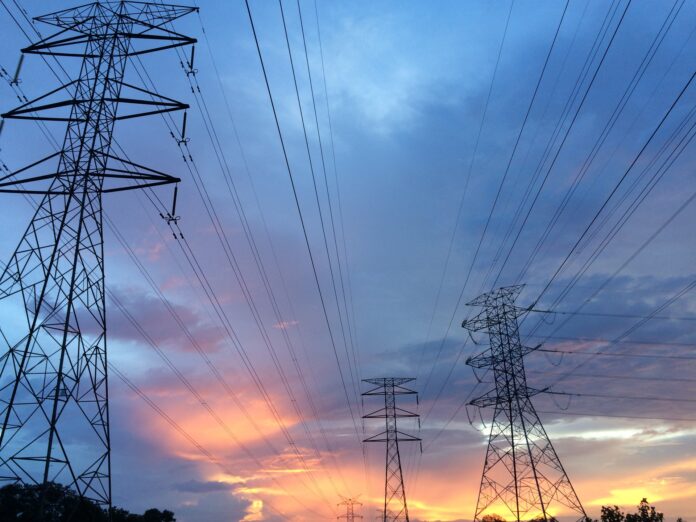
A study from the University of Texas awarded Iowa a “D” letter grade in its national Electric Competition Scorecard, leading one prominent figure in Iowa’s energy industry to call for changes.
One of his major points of concern is that other nearby Midwest states — like Illinois and Ohio — scored an “A” grade.
“Iowa’s average commercial rates are 14.4% higher than Illinois’ rates, so that should really get our attention,” said Bob Rafferty, executive director of the Iowa Business for Clean Energy, in a statement. “It is a wake-up call for Iowa to start questioning the status quo.”
The report, he says, is an indication of the state needing more free market forces in its electric utility market.
Each state is unique in approach and scope since state-level commissions regulate electricity, according to the report’s executive summary. To earn high marks in the report, states needed to show that competitive aspects were incorporated into the electric market, even if the state government protected utilities with monopoly status.
Iowa scored points for compensating distributed energy generation, such as rooftop solar, but further review found no retail competition, no independent review of future generation acquisition, no financial incentives for utilities to encourage energy efficiency, no release of customer data and a very small percentage of its generation is owned by independent third parties.
“Despite the fact that electricity is often a major business expense, few business people have any idea on how electric rates are set – or how current regulatory policies might impact future rates,” Mr. Rafferty said. “With the major energy changes and innovations coming in the next two decades, Iowa needs its business leaders to be engaged in promoting policies that will ensure access to competitive electric prices.”
The Electric Competition Scorecard was released in conjunction with “The State of Electric Competition in the United States of America,” an academic paper authored by a group of experts at the University of Texas.




